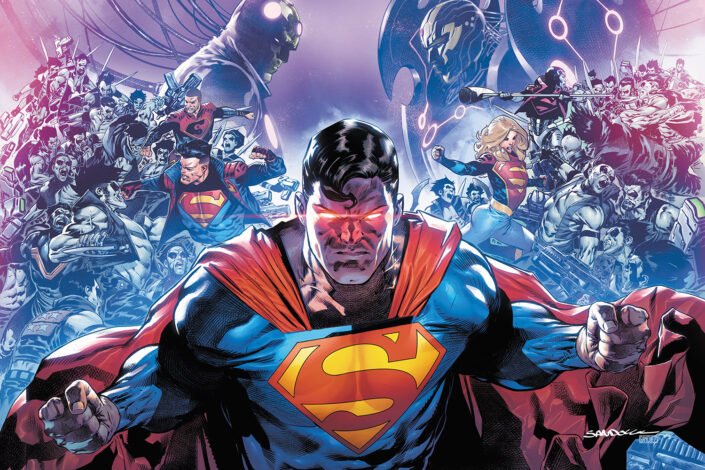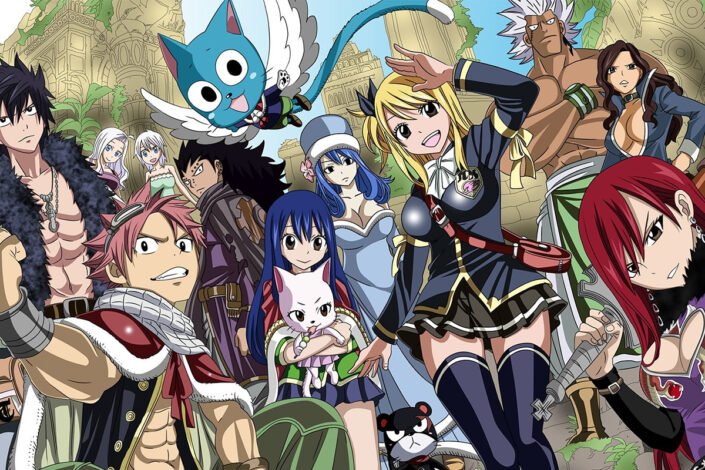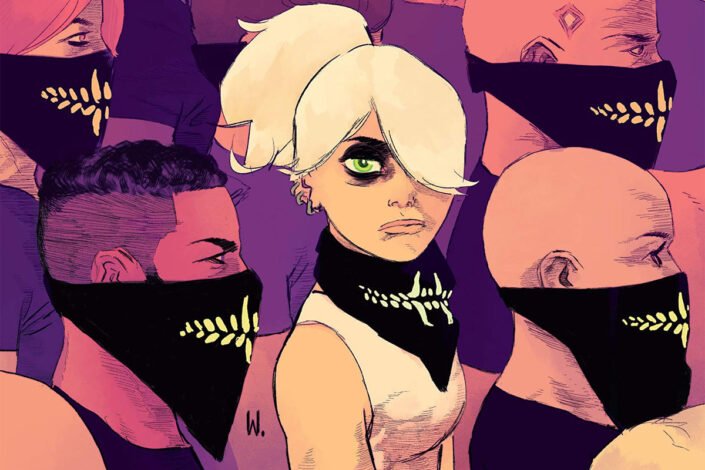House Of Brainiac Reading Order, a Superman Crossover Event

DC has teased that something evil was coming during Dawn of DC. Something called the ‘Trinity of Evil’. The infamous Amanda Waller took over in her way following the events of Titans: Beast World while Zur-En-Arrh has been a big part of Chip Zdarsky’s Batman run. A Trinity would be incomplete without a third member who happens to be… Brainiac!
The crossover event story House of Brainiac, marks the return of Brainiac as well as the introduction of the Brainiac Queen, the newest adversary in Superman’s rogues gallery! This story is also part of the year-long initiative Superman Superstars, in which a pair of writers and artists tell a mini-arc in three issues in Action Comics and then hand over the title to a new creative team.
As DC Comics explained, House of Brainiac starts with “Brainiac’s Czarnian army invading Metropolis! The Super-Family and all the superheroes of Metropolis join the fight, but will they be enough to hold off Brainiac’s lethal and crazed soldiers?! Can Superman and Lex Luthor learn what Brainiac is searching for? He’s not bottling Metropolis, so what is he collecting instead?”
Read More »House Of Brainiac Reading Order, a Superman Crossover Event








